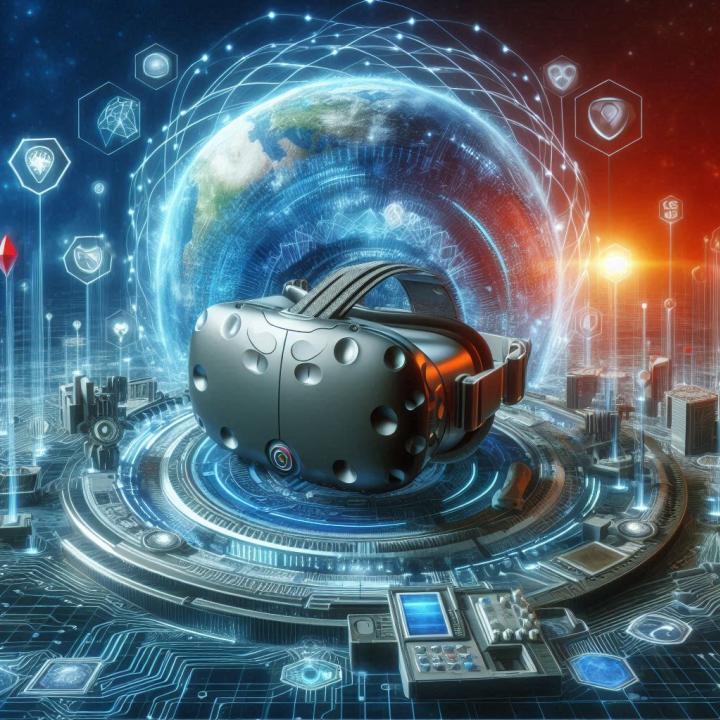3D Virtual Reality (VR) has made enormous strides in recent years in terms of its user experience and the application areas of VR. Let's delve into the new VR hardware and software trends:
Hardware Innovations
1. Improved Resolution and Refresh Rates
The cutting-edge VR headsets are now outfitted with better resolution and faster refresh rates. Such a change makes it possible for the users to be entirely immersed in a virtual reality environment, something that was not the case back in the day when VR displays were used.
2. Wireless Freedom
Among both fans and those who normally dislike technology, the wireless VR set is becoming more loved. The main reason is that it allows us the freedom to enjoy a more thrilling ride without being restrained by wires.
3. Enhanced Tracking
Such modern technology as this tracking system makes it possible to land the user's movement with a pinpoint and thus increases the immersion effect.
4. Haptic Feedback
A techno-magic merger of art, science, and engineering is coming to increase the feel of our online interactions. Haptics-compatible devices extend a virtual touch to environments fuelled by computer-generated content and thus allow VR journeys to skirt the boundaries of reality.
Haptic Feedback and Tactile Interaction
With the new haptic technology, the hardware has surged forward. By wearing wearable devices such as bHaptics TactSuit or Teslasuit, the users are not only provided with a unique virtual reality experience but also make them feel physical forces; thus, the virtual environment becomes more real and immersive. These suits are not the only ones that provide the VR experience, but they are the ones that simulate physical touch, sound, and even temperature changes.
Software Advancements
1. Social VR
The so-called second life platforms, for instance, are very much available that can allow you to have a chat and interact with others in virtual environments.
2. Enterprise VR
The adoption of VR technology by companies is wide-ranging, ranging from training and design to collaboration.
3. VR Content Creation
This has become a familiar reality due to the increasing number of tools and platforms for the production of VR content.
4. AI Integration
Artificial Intelligence is one of the tools that the developers use to help create a Virtual Reality environment, for example, making realistic characters or environments.
Conclusion
VR technology stands to get more attention in unexplored areas like health care and education, thanks to the progress made in VR hardware, such as the more complicated headsets and haptic suits, as well as the extremely capable software tools. Through these paths, VR escapes the confined worlds of fiction and enters the real life of training, communication, and entertainment.


